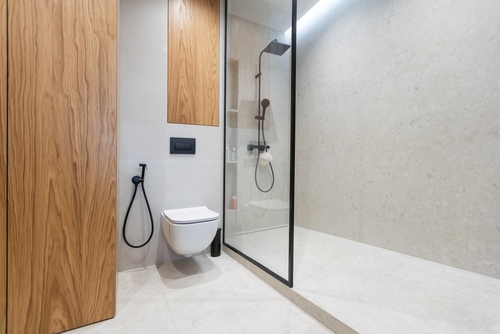When traveling to Europe for the first time, there are countless exciting discoveries in store. From stunning architecture to rich history and, of course, impeccable food. However, one surprise for many newcomers is navigating the quirks of European bathrooms. Although it may seem like a minor detail, familiarizing yourself with these differences can make your trip smoother and more enjoyable.
This guide covers everything you need to know about European bathrooms, including what to expect, cultural nuances, and helpful tips to ensure you’re prepared.
What Makes European Bathrooms Unique?
European bathrooms often differ from their counterparts in other parts of the world, especially those in the U.S. The design, features, and sometimes even etiquette can perplex first-time travelers. Understanding these distinctions can save you time and remove the guesswork from your bathroom breaks.
Key differences include dual-flush toilets, limited public restrooms, and bidets, which are often a staple in many European homes and hotels.
1. Toilets and Flush Options
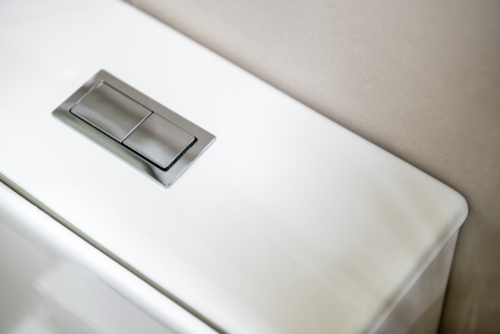
One of the most notable differences you’ll encounter is the prevalence of dual-flush toilets in Europe, designed to conserve water. These often feature two buttons for flushing. The smaller button uses less water, while the larger button is for a stronger flush.
Beyond dual-flush toilets, you may come across toilets with more creative designs or different ways to flush, such as levers or pull cords above the tank. Pro tip: When in doubt, look for the most obvious lever or button near the toilet!
2. The Bidet Revolution
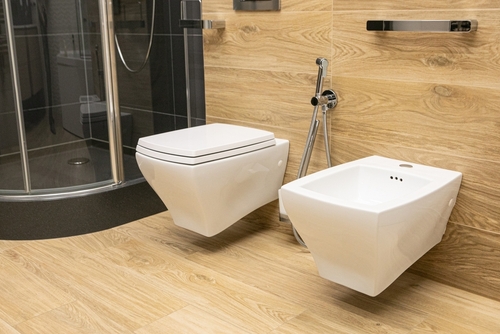
Bidets are a quintessential part of many European bathrooms. These fixtures, typically located next to the toilet, are designed for personal hygiene and are considered more eco-friendly than relying solely on toilet paper.
While bidets are less common in public restrooms, you’ll often find them in hotels, private homes, and vacation rentals. If you’re unfamiliar with how to use one, it’s worth looking up a quick video or tutorial before your trip.
3. Showers and Baths
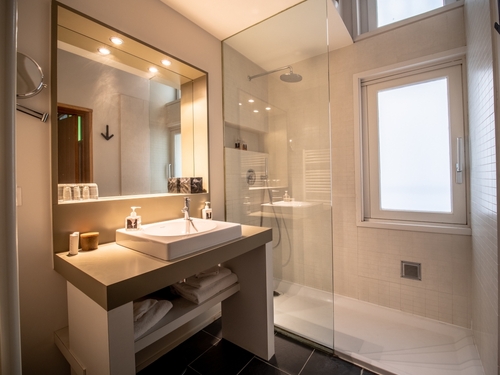
Showers in Europe can also be a bit different from what many Americans are used to. For instance, some showers may have detachable handheld showerheads rather than fixed ones.
Additionally, expect smaller shower enclosures or tubs in many European apartments or hotels. Be mindful of shower curtains or glass doors that may not fully enclose the shower area; water can sometimes spill onto the bathroom floor.
4. Public Restrooms May Require Payment
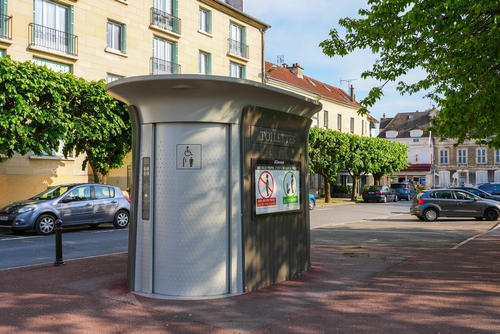
When venturing through European cities, you’ll quickly notice that free public restrooms are not always common. Many public restrooms require a small fee (approximately €0.50 to €1) to use. These paid facilities are typically well-maintained and clean.
Carry some loose change with you while exploring to avoid being caught off guard. Alternatively, many cafes, restaurants, and museums provide restrooms for customers, but make sure you purchase something before using their facilities.
5. Eco-Friendly Practices
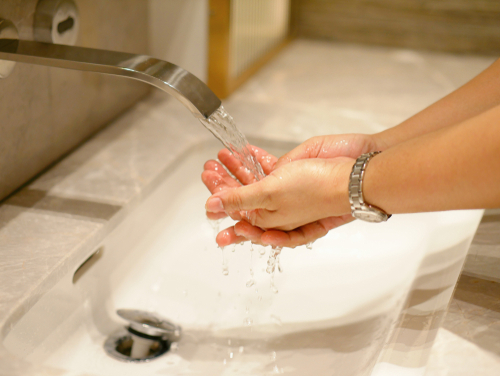
Europe has a strong focus on sustainability, and this extends to bathrooms. Aside from water-saving dual-flush toilets, you’ll likely encounter motion-sensor faucets, air-drying hand dryers, and limited use of disposable toiletries like mini shampoo bottles.
Packing your favorite reusable toiletries and bottles, as well as a small pack of tissues or pocket wipes, can help align with these eco-conscious norms.
Helpful Tips for European Bathrooms
- Be prepared for cultural differences: Accept that some quirks may take getting used to, but they’re often designed with sustainability and efficiency in mind.
- Carry small change: Having coins is essential for public restrooms or services that charge an entry fee.
- Research restroom symbols: Toilets may be marked with “WC” (water closet) or local terms like “Toilette” (French) or “Toilette” (German).
- Adapt to limited outlets: Many bathrooms, especially in older buildings, don’t have power outlets. Charging appliances like hair dryers may need to be done elsewhere in your accommodation.
- Bring your toiletries: Pack travel-size toiletries like shampoo, conditioner, body wash, and even hand soap, as these aren’t always provided in public restrooms or budget accommodations.
What to Do If You’re Not Sure
If you still feel unsure about using European bathrooms or how their features work, don’t hesitate to ask hotel staff or locals for help. Europeans are generally accommodating and will gladly answer questions for travelers.
Planning to stay in Europe long-term or frequently visit? Adopting these bathroom habits and practices will eventually feel second nature.
Experience the Comfort of Preparedness
Getting accustomed to how European bathrooms differ may seem trivial, but it’s one of the small ways to enrich your travel experience. These quirks are part of what makes the continent so charming and unique.
If you’d like more tips for navigating life in Europe or are planning to move there, check out our guide to relocating to Europe. It’s packed with essential advice for making your transition as smooth as possible.
FAQs About European Bathrooms
Are toilet seat covers common in Europe?
Toilet seat covers are not commonly provided in Europe, even in public restrooms. If you prefer to use them, consider packing a travel-friendly disposable option.
Do European hotels always have private bathrooms?
While most mid-range and high-end hotels provide private bathrooms, some budget accommodations, hostels, or historic B&Bs might have shared facilities. It’s a good idea to confirm when booking your stay.
How do I find public restrooms in European cities?
Use apps like Toilet Finder or Google Maps to locate public restrooms. Alternatively, visit museums or cafes since they usually have restrooms for customers.
What’s the deal with paper towel scarcity?
Many European bathrooms rely on eco-friendly hand dryers. If you prefer to use paper towels, consider carrying a small hand towel during your travels.
Is tipping customary in European restrooms?
While tipping isn’t required for restroom attendants, leaving a small tip (a few cents or a euro) for a particularly well-maintained restroom is appreciated.
